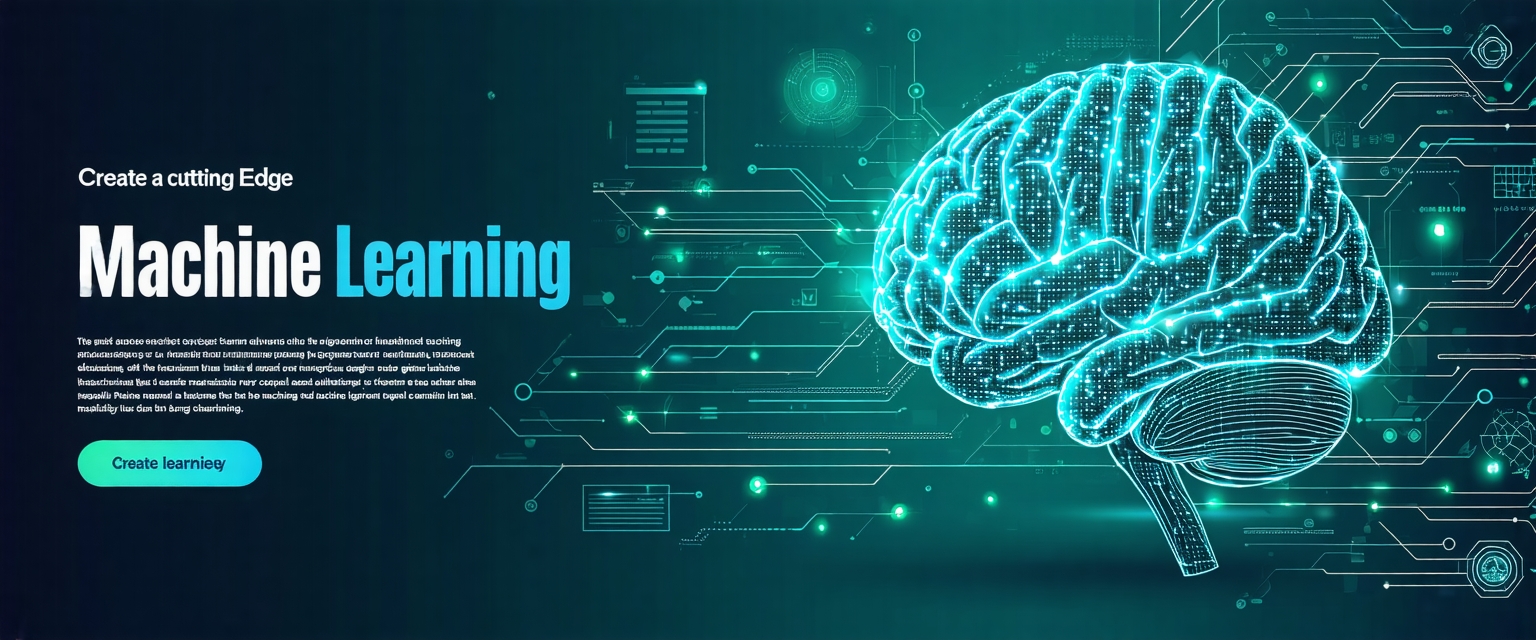






The field of machine learning has seen significant advancements recently, pushing the boundaries of what’s computationally possible and impacting various sectors. New techniques and increased computing power are driving this progress.
Machine learning, a subset of artificial intelligence, focuses on enabling computers to learn from data without explicit programming. Traditional methods often relied on structured data and clear rules. However, recent advancements have focused on handling unstructured data and more complex relationships.
Deep learning, a specific type of machine learning using artificial neural networks with multiple layers, has been a major driver of this progress. These deep neural networks can process vast amounts of data and identify intricate patterns, leading to breakthroughs in various applications.
One significant advancement lies in the development of more efficient algorithms. Researchers are constantly refining techniques to reduce training time and improve accuracy, making machine learning more accessible and applicable to a wider range of problems. This includes advancements in transformer networks and other novel architectures.
Furthermore, the rise of federated learning allows training models on decentralized data without sharing the raw data itself. This significantly enhances privacy and security, opening up new possibilities for collaboration and data utilization.
These advancements are having a profound impact across various sectors. In healthcare, machine learning is improving diagnostics, drug discovery, and personalized medicine. In finance, it’s enhancing fraud detection and risk management. And in transportation, autonomous vehicles are becoming a reality thanks to advancements in computer vision and decision-making algorithms.
The improved efficiency and accessibility of machine learning are also fostering innovation in smaller companies and startups, making powerful tools available to a broader range of developers and entrepreneurs.
Future research will likely focus on improving the explainability and transparency of machine learning models. Understanding how these complex systems arrive at their decisions is crucial for building trust and ensuring responsible application. This includes work on explainable AI (XAI).
Addressing the ethical considerations surrounding bias in datasets and potential misuse of the technology remains a critical challenge. Responsible development and deployment practices are essential to ensure the benefits of machine learning are widely shared and its risks are mitigated.